The Netherlands has a long tradition of fish farming, and the industry is an important part of the country’s economy. The country is home to many fish farms, which produce a variety of fish species for both the local and international markets.
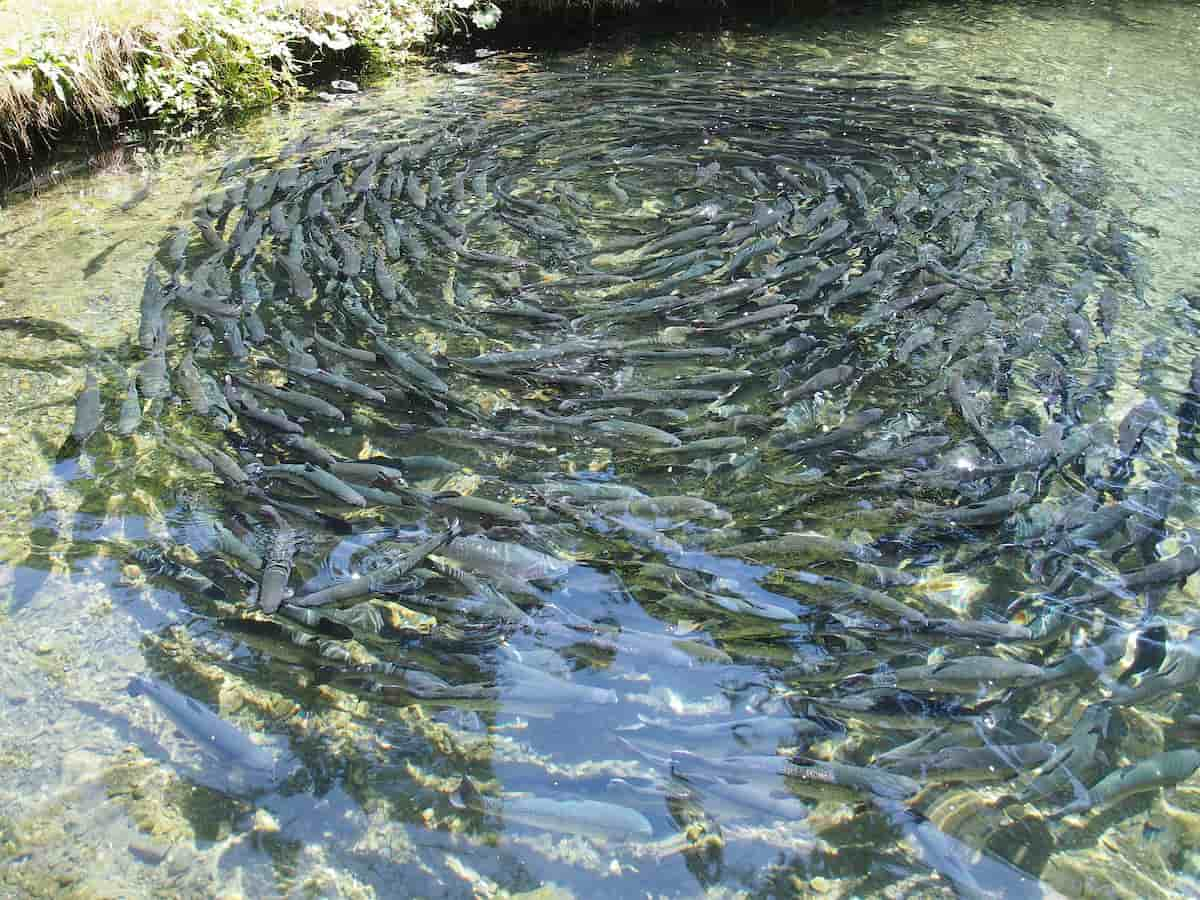
How to start Fish farming in the Netherlands
Things to remember to start Fish farming in the Netherlands
- For starting your fish farming in the Netherlands, there are a few things you need to know. Firstly, you will need to obtain a permit from the Dutch government. Second, you will need to find suitable land for your farm. And third, you will need to purchase the necessary equipment and supplies.
- Obtaining a permit from the Dutch government is the first step in starting your own fish farming business in the Netherlands. The process can be completed online and takes approximately two weeks. Once you have obtained your permit, you can search for suitable land for your farm.
- There are some points to remember when choosing land for your farm. Firstly, the land should be near a body of water where fish are abundant. Second, the land should be free of pollutants and toxins. And third, the land should have good drainage and support the growth of aquatic plants.
- Once you have found suitable land for your farm, you can purchase the necessary equipment and supplies. You will need tanks or ponds for raising fish, aeration systems, filtration systems, pumps, and other equipment.
- Many different species of fish can be farmed in the Netherlands, so it is important to select those that best suit your needs and market. Once your fish are stocked, you will need to care for them daily, feeding them and monitoring their health. You will also need to regularly check your water’s quality and ensure it meets all regulatory standards.
Tips to start a Fish farming business in the Netherlands
- Decide what type of fish you want to farm.
- Do your research on the specific fish species you have chosen.
- Consider the costs associated with starting and maintaining a fish farm.
- Choose a location for your farm to provide the environment for your fish to thrive.
- Obtain the necessary permits and licenses to operate a fish farm in your chosen location.
- Build or purchase the tanks, filters, and other equipment needed for your fish farm.
- Stock your tanks with fingerlings or adult fish, depending on your chosen farming method.
- Monitor your fish regularly to ensure they are healthy and thriving in their environment.
- Harvest your fish when they reach maturity and sell them to wholesalers or consumers.
In case you missed it: How to Start Fish Farming from Scratch: Check How this Guide Helps Beginners

Fish farming practices in the Netherlands
- The Netherlands is one of the world’s leading fish and seafood producers, and the country’s fish farming practices are among the most advanced in Europe. Fish farming in the Netherlands is primarily based on intensive production methods, which involve keeping fish in high-density conditions and using sophisticated techniques to ensure maximum growth and yield.
- There has been a shift towards more sustainable fish farming methods in the Netherlands, with an increasing focus on closed-cycle systems that recycle water and nutrients. These systems help to reduce environmental impacts and improve the welfare of farmed fish.
- Fish farming in the Netherlands is highly efficient due to innovative technologies such as recirculating aquaculture systems (RAS). These systems allow a high fish density to be raised in a small area while minimizing water usage and waste production. RAS systems also provide excellent water quality control, essential for healthy fish growth.
- In addition to being efficient, fish farming in the Netherlands is also highly sustainable. Fish farmers use extensive monitoring systems to ensure their farms have a minimal environmental impact.
- Dutch fish farmers use various methods and techniques to raise their crops. In intensive farms, fish are kept in large tanks or ponds and fed carefully monitored diets. This method allows farmers to control the environment and ensure that the fish grow to their desired size.
- In semi-intensive farms, fish are raised in smaller groups and given more freedom to move around. This system requires less input from farmers but can result in lower yields.
- Extensive farms allow fish to roam freely in large ponds or lakes. This method is the least labor-intensive, but it can be difficult to harvest the fish when they reach maturity.
Fish farm set-up cost in the Netherlands
The set-up cost for fish farming in the Netherlands can change depending on several factors the farm size and location, the type of fish being farmed, and the technology and equipment used. However, setting up a small-scale fish farm in the Netherlands will likely cost between €2,500 and €10,000. For larger-scale farms, costs can range from €50,000 to several million euros.
In case you missed it: A Guide to Understand Biofloc Fish Farming: Check How this Guide Helps Fish Farmers
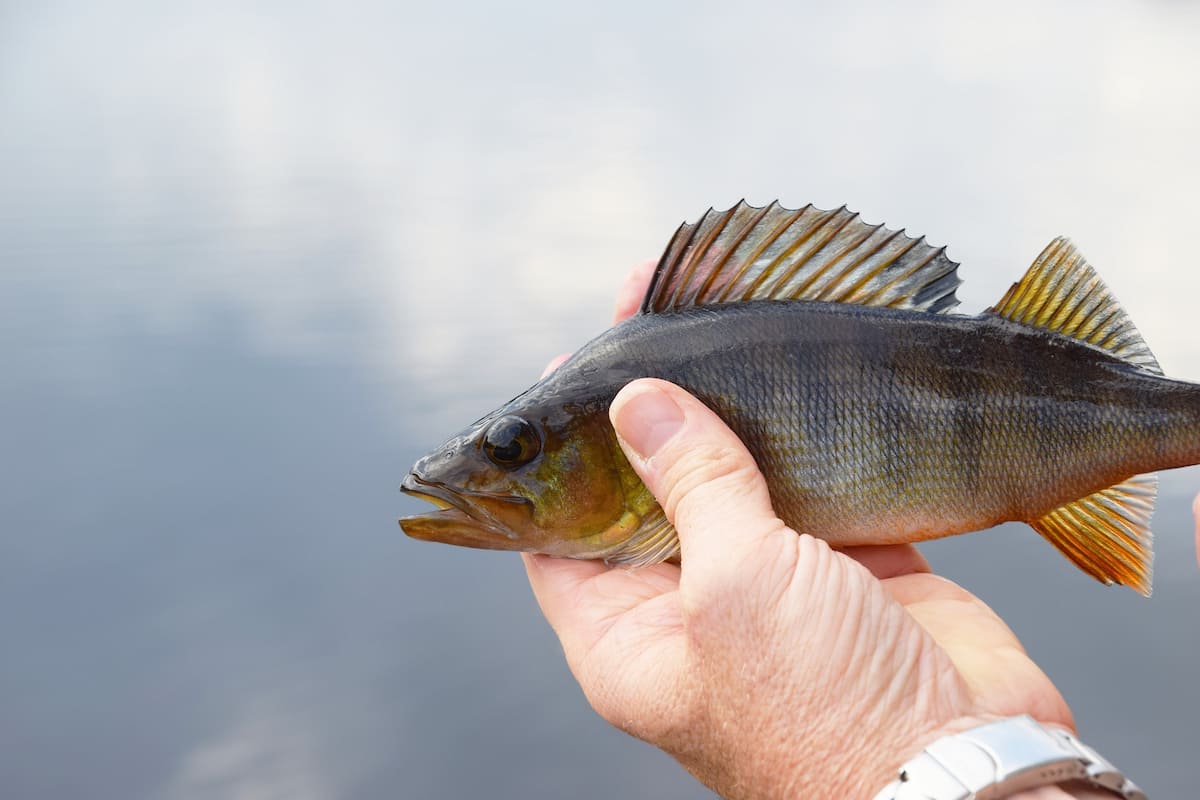
Fish farming importance in the Netherlands
- The Netherlands is a big impact on the global fish farming industry. The Dutch are world leaders in developing and using innovative technologies in aquaculture. As a result, they produce a significant amount of the world’s farmed fish, including salmon, trout, carp, and eel.
- Dutch companies have been at the forefront of developing recirculating aquaculture systems (RAS), which allow fish to be farmed in land-based tanks or ponds using recycled water. RAS is a more sustainable way of farming fish, as it uses less water and generates less pollution than traditional open-cage or pond-based aquaculture.
- The Netherlands is also a major exporter of live fish and supplies around 20% of the world’s live ornamental fish trade. In addition, many of the world’s leading ornamental fish farms are based in the Netherlands, which has a long tradition of expertise in managing and breeding tropical fish.
- The Dutch government is committed to supporting sustainable aquaculture development and has invested heavily in research and development. The country has over 30 research institutes dedicated to Aquaculture, making it one of the most research-intensive countries in this field.
Is Fish farming profitable in the Netherlands?
Yes, fish farming is profitable in the Netherlands. The country’s fish farmers can produce a large quantity of fish at a relatively low cost. This makes the Netherlands one of the leading exporters of fish in the world. In addition, the Dutch government provides financial support to the fish farming industry, further increasing its profitability.
Fish farming care and management
- Fish farming in the Netherlands is caring for and maintaining fish in an enclosure, usually within a pond or other body of water. The main goal of fish farming is to produce food for humans or other animals, although many fish farmers keep fish for ornamental purposes.
- Most commercial fish farms in the Netherlands use one of two methods: either cage farming or pond farming. Cage farming involves suspending cages containing fish in open water, while pond farming uses enclosed ponds with artificial aeration and filtration systems.
- Either way, the farmers must maintain water quality and prevent the spread of disease among their fish. They must also carefully monitor the growth of their stock and harvest them at the right time.
- Fish farming is an important part of the Dutch economy and plays a significant role in the country’s food security. In addition to producing food, fish farms also employ many people and generate export revenue.
In case you missed it: A Guide to Understand RAS Fish Farming: Check How this Helps Beginners
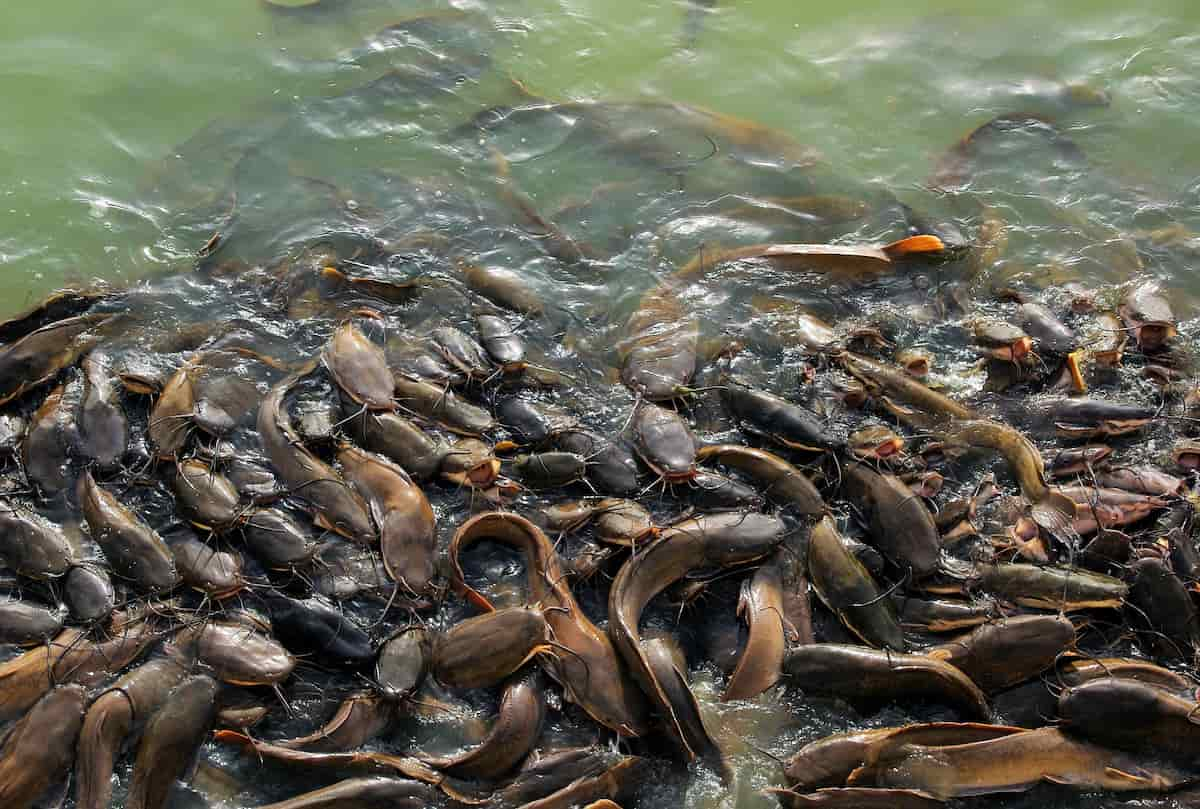
The benefits of Fish farming in the Netherlands
The Netherlands is one of the world’s leading countries in fish farming. The Dutch fish farming industry has a long tradition characterized by high-quality, innovative products and a strong focus on sustainability. Fish farming in the Netherlands is an important contributor to the Dutch economy, with exports worth over €1 billion per year. The Netherlands is also a major player in the global aquaculture market, with a market share of around 4%. There are different reasons why the Netherlands is such a successful country for fish farming.
One of the main reasons is the good quality of the water. The Netherlands has an extensive network of canals and rivers, which provides a perfect environment for fish farming. Another reason for the success of Dutch fish farmers is the climate. The moderate climate of the Netherlands means that there is little variation in temperature, which is ideal for fish farming. The Dutch fish farming industry is also highly regulated, ensuring that farmers operate to high animal welfare and environmental protection standards. This ensures that consumers can be confident in the safety and quality of Dutch-farmed fish.
Fish farming business plan in the Netherlands
- If you’re considering starting a fish farm in the Netherlands, you’ll need to consider a few things. Firstly, you’ll need to develop a business plan. This should include an analysis of the market, your target audience, and your competition. It should also outline your production costs, revenues, and marketing strategy.
- Next, the farmer must have a piece of land that is large enough to accommodate the proposed farm.
- Second, you’ll need to obtain permits and licenses from the Dutch government.
- Third, you’ll need to find the right location for your farm. It is a small country with a lot of water, so many options are available. However, you’ll need to consider factors like water quality, market access, and local regulations.
- Fourth, the farmer must purchase or build all necessary infrastructures, including ponds, tanks, pumps, and filters. Finally, the farmer must stock their pond or tanks with fish.
- Once you’ve taken care of some basics, you can start planning your fish farm business.
In case you missed it: Fish Farming Loan in India – How to Get/Apply, Banks, Interest Rate, Documents, and NABARD
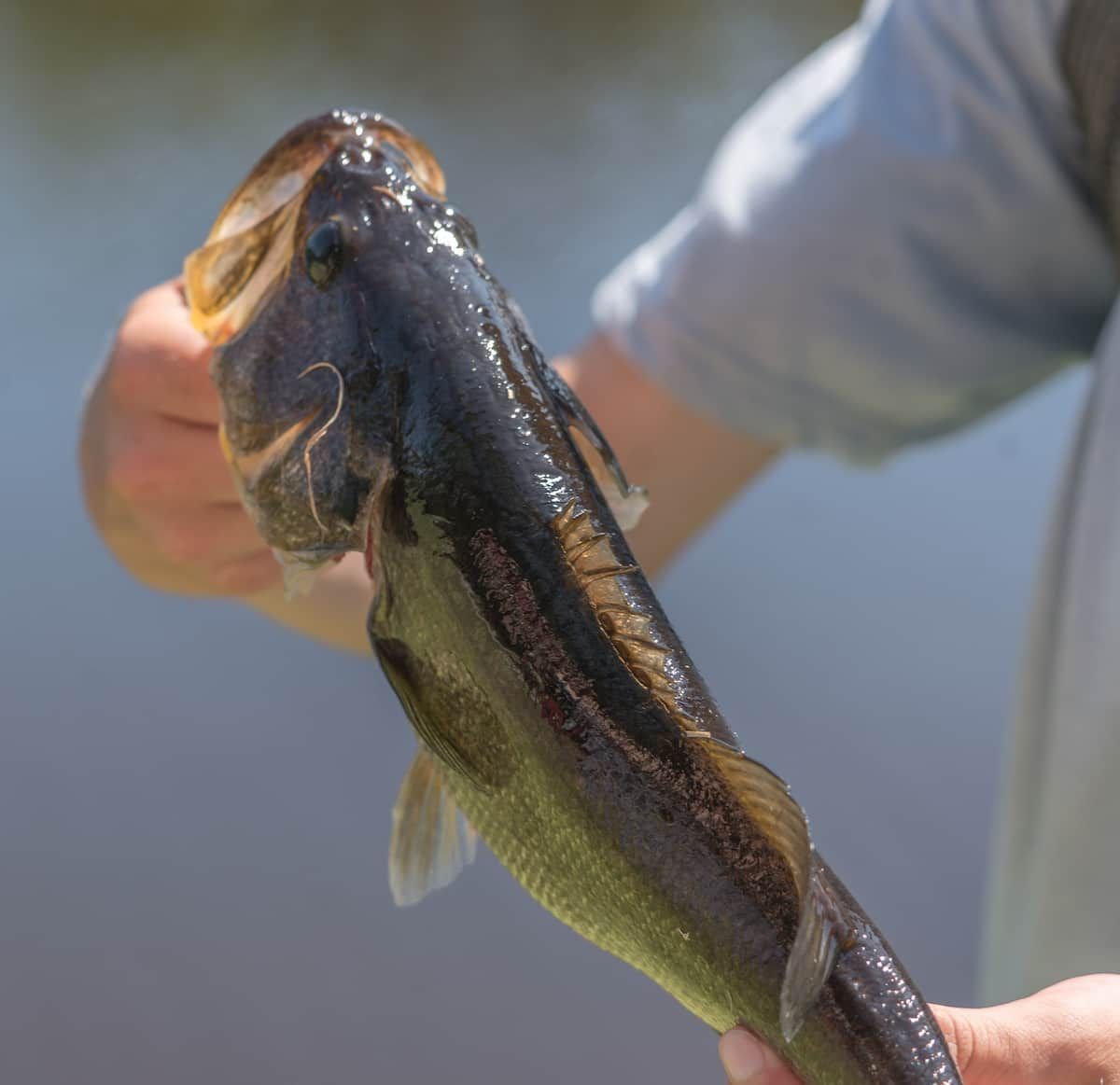
Policies under Fish farming in the Netherlands
In the Netherlands, fish farming is an important part of the food chain. Therefore, the Dutch government has implemented several policies and regulations to ensure that fish farms are operated sustainably and environmentally friendly. Some of the key policies and regulations relating to fish farming in the Netherlands include:
- A requirement for all fish farms to have a permit from the Dutch Agriculture Ministry, Nature and Food Quality
- A ban on the use of certain chemicals and antibiotics in fish farming
- A requirement for all fish farms to carry out regular environmental monitoring
- A requirement for all fish farms to have an emergency response plan in place in case of spills or other accidents
Fish farming problems in the Netherlands
There are several problems have arisen from fish farming in the Netherlands. The main issue is the amount of pollution the farms produce. This has decreased water quality in some areas and resulted in fish and other wildlife deaths. Another problem is how the farms are managed. There have been cases of overcrowding and poor husbandry, which have caused distress and even death to the fish.
Water quality has recently declined in many of the Netherlands’ waterways due to pollutants such as agricultural run-off and sewage. This has made it more difficult for fish farmers to maintain healthy fish stocks. Disease outbreaks have also been a problem for Dutch fish farmers. For example, an outbreak of viral haemorrhagic septicaemia (VHS) wiped out large numbers of farmed salmon in the Netherlands. The disease is thought to have been introduced to Dutch waters via infected salmon imported from Scotland.
Competition from cheaper imported fish has also hit Dutch fish farmers hard recently. The Netherlands is a major importer of salmon from Norway, and the price of Norwegian salmon has fallen sharply in recent years due to over-production. This has made it difficult for Dutch farmers to compete on price, leading to falling sales and profitability.
Fish farming methods in the Netherlands
- The most common method used in fish farming in the Netherlands is the pond system. This system involves digging ponds and then stocking them with fish. The ponds are typically around 1 hectare in size and can be used to farm various fish species.
- Another popular method used in the Netherlands is the cage system. This system involves placing cages in lakes or rivers and then stocking them with fish. The cages can be made from various materials, but they must be strong enough to withstand the water current.
- The final method that is often used in fish farming in the Netherlands is the raceway system. This system involves using long tanks that are open at both ends. The tanks are stocked with fish, and the water constantly moves through them.
In case you missed it: Fish Farming in New Zealand: How to Start, Breeds, Check How this Guide Helps Beginners
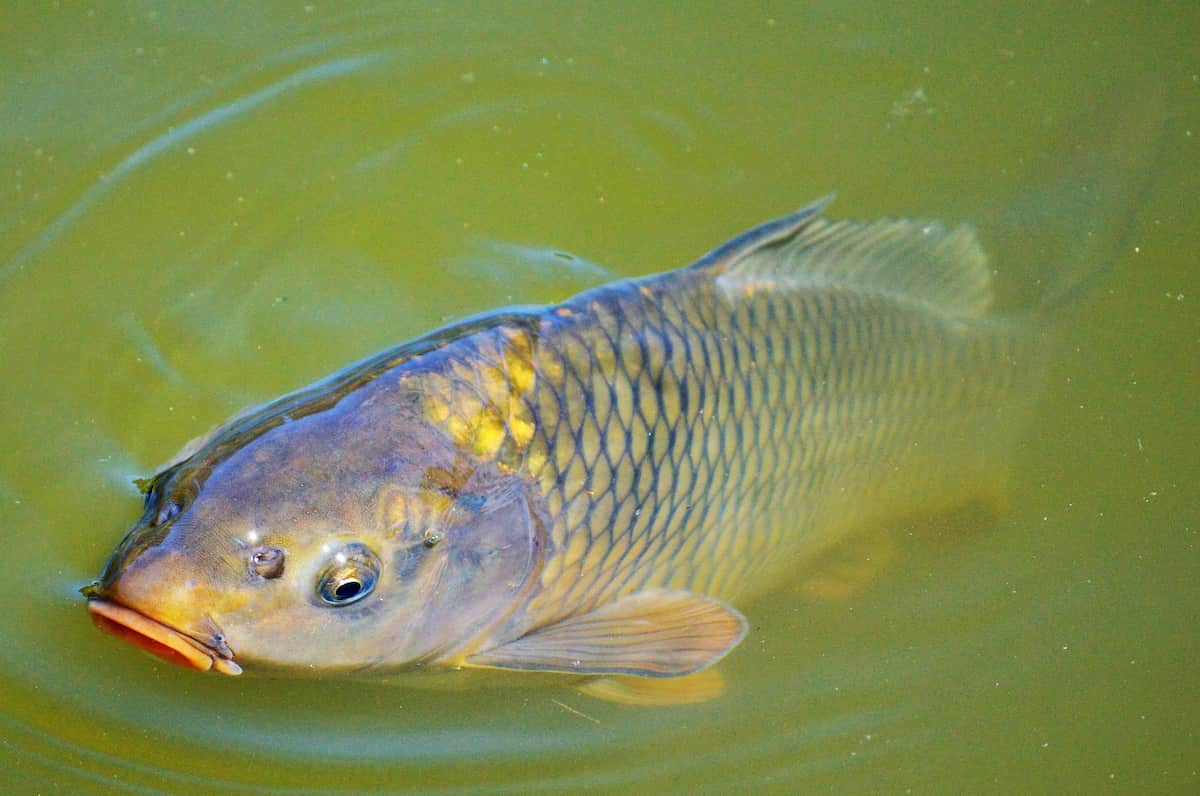
Fish farming areas in the Netherlands
The Netherlands is home to many fish farms concentrated in a few specific areas. The main fish farming areas in the Netherlands are located in the Zeeland and North Holland provinces. Zeeland is located on the southwest coast of the Netherlands and is well-suited for fish farming due to its mild climate and ample sunlight. The province is home to several large-scale fish farms that produce various seafood products. North Holland is another major fish farming area in the Netherlands.
This province is located on the country’s north coast and has a colder climate than Zeeland. Nevertheless, North Holland’s fish farms can produce high-quality seafood products thanks to modern technology and efficient production methods. The Dutch fish farming sector is relatively small compared to other sectors of Dutch agriculture, but it is an important source of income for many families in rural areas.
Fish farmers in the Netherlands produce a variety of fish species, including salmon, trout, eel, carp, and catfish. Most fish produced in the Netherlands is sold to other European countries, such as Germany, Belgium, and France. The Dutch Ministry of Agriculture, Nature, and Food Quality (LNV) regulates fish farming in the Netherlands. The LNV sets standards for water quality, food safety, and animal welfare. All fish farms in the Netherlands must have a permit from the LNV.
Fish species available in the Netherlands
Today, the Netherlands is home to over 1,200 fish farms, which produce a wide variety of species, including salmon, trout, eel, carp, and catfish. These farms are mainly located in the provinces of Friesland and Groningen. In addition, offshore fish farms are also present in the North Sea, where they are used for farming salmon and trout.
The main fish species in the Netherlands are Zander, European bass, Asp, Common bream, European perch, Round goby, Common barbel, European eel, Ide, European sea sturgeon, European river lamprey, Blicca bjoerkna, Alburnoides bipunctatus, Allis shad, Goldfish, Chabot bullhead, Common minnow, Thicklip grey mullet, Common dace, Pumpkinseed, Misgurnus fossilis, Spined loach, Brook lamprey, Common nase, Golden grey mullet, Wels catfish, European bitterling, Vimba vimba, Ninespine stickleback, and Twait shad.
Challenges faced by Fish farmers in the Netherlands
Fish farmers in the Netherlands face several challenges, including high costs, strict regulation, and import competition. The Netherlands’ high cost of land and labor makes it difficult for fish farmers to compete with cheaper imported fish. In addition, the Dutch government imposes strict environmental regulations on fish farms, which can further increase costs. Finally, fish farmers must compete with a large volume of imported fish, often selling for less than farm-raised fish.
Conclusion
The Netherlands has a long tradition of fishing and fish farming. Fish farms in the Netherlands are mainly located in coastal areas. Fish farming is an important contributor to food security in the Netherlands, as it ensures a steady supply of fresh fish all year round. Farmed fish is also a healthy and sustainable source of protein with a low carbon footprint. In addition, fish farming supports local economies and provides jobs in rural areas.
- How to Build a Low-budget Goat Shed: Cheap Ideas and Tips
- Goat Farming Training Programs in India: A Beginner’s Guide
- Types of Pesticides Used in Agriculture: A Beginner’s Guide
- Economical Aquaculture: A Guide to Low-Budget Fish Farming
- 15 Common Planting Errors That Can Doom Your Fruit Trees
- How to Make Houseplants Bushy: Effective Tips and Ideas
- Innovative Strategies for Boosting Coconut Pollination and Yield
- Pollination Strategies for Maximum Pumpkin Yield
- The Complete Guide to Chicken Fattening: Strategies for Maximum Growth
- Natural Solutions for Tulip Problems: 100% Effective Remedies for Leaf and Bulb-Related Issues
- Revolutionizing Citrus Preservation: Towards a Healthier, Greener Future
- Natural Solutions for Peony Leaf and Flower Problems: 100% Effective Remedies
- Maximizing Profits with Avocado Contract Farming in India: A Comprehensive Guide
- Natural Solutions for Hydrangea Problems: 100% Effective Remedies for Leaf and Flowers
- The Ultimate Guide to Choosing the Perfect Foliage Friend: Bringing Life Indoors
- From Sunlight to Sustainability: 15 Ways to Use Solar Technology in Agriculture
- The Ultimate Guide to Dong Tao Chicken: Exploring from History to Raising
- The Eco-Friendly Makeover: How to Convert Your Unused Swimming Pool into a Fish Pond
- Mastering the Art of Delaware Chicken Farming: Essentials for Healthy Backyard Flocks
- 20 Best Homemade Fertilizers for Money Plant: DIY Recipes and Application Methods
- How to Craft a Comprehensive Free-Range Chicken Farming Business Plan
- Brighten Your Flock: Raising Easter Egger Chickens for Beauty and Bounty
- How to Optimize Your Poultry Egg Farm Business Plan with These Strategies
- Subsidy for Spirulina Cultivation: How Indian Government Schemes Encouraging Spirulina Farmers
- Ultimate Guide to Raising Dominique Chickens: Breeding, Feeding, Egg-Production, and Care
- Mastering the Art of Raising Jersey Giant Chickens: Care, Feeding, and More
- Ultimate Guide to Raising Legbar Chickens: Breeding, Farming Practices, Diet, Egg-Production
- How to Raise Welsummer Chickens: A Comprehensive Guide for Beginners
- How to Protect Indoor Plants in Winter: A Comprehensive Guide
- Ultimate Guide to Grow Bag Gardening: Tips, Tricks, and Planting Ideas for Urban Gardeners
- Guide to Lotus Cultivation: How to Propagate, Plant, Grow, Care, Cost, and Profit
- Agriculture Drone Subsidy Scheme: Government Kisan Subsidy, License, and How to Apply Online
- Ultimate Guide to Raising Araucana Chickens: Breed Profile, Farming Economics, Diet, and Care
- Bringing Hydroponics to Classroom: Importance, Benefits of Learning for School Students
- Ultimate Guide to Raising Polish Chickens: Breed Profile, Farming Economics, Diet, and Care
- Ultimate Guide to Raising Australorp Chickens: Profile, Farming Economics, Egg Production, Diet, and Care